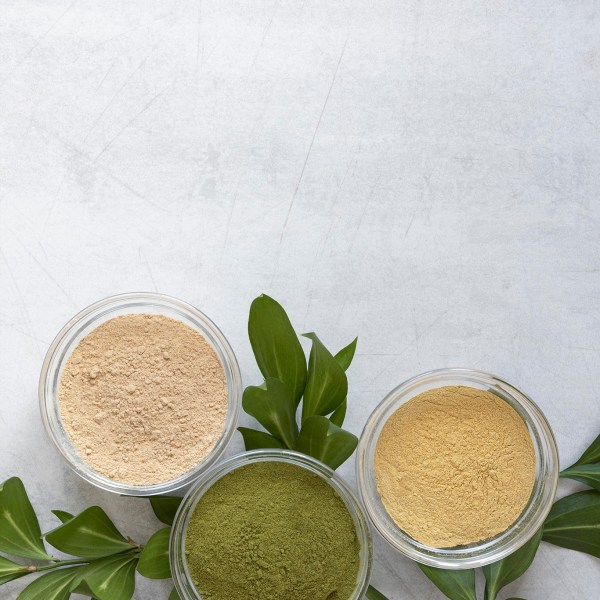Salts
Salts
Salt is one of the most fundamental ingredients in cooking, essential for enhancing the flavor of dishes and preserving food. However, not all salts are the same. From table salt to Himalayan salt, each type of salt has unique properties and benefits that can enhance your culinary experience. In this comprehensive guide, we will explore different types of salts, their health benefits, and how to use them effectively in cooking.
Why Is Salt Important?
Salt, chemically known as sodium chloride (NaCl), is vital for various bodily functions, including maintaining fluid balance, transmitting nerve impulses, and supporting muscle function. In cooking, salt is essential for:
- Enhancing flavor: Salt amplifies the natural flavors of food, making dishes tastier and more satisfying.
- Preserving food: Salt has been used as a preservative for centuries, helping to extend the shelf life of meats, fish, and vegetables by inhibiting bacterial growth.
- Texture and crust formation: Salt can influence the texture of baked goods and helps in the Maillard reaction, which gives grilled and roasted foods their desirable brown crust.
- Balancing sweetness and bitterness: A pinch of salt can balance the sweetness in desserts or counteract the bitterness of certain vegetables.
Types of Salt and Their Uses
Table Salt
Table salt is the most common type of salt, typically mined from underground salt deposits. It is finely ground and often contains added iodine, an essential mineral that supports thyroid function.
Sea Salt
Sea salt is produced through the evaporation of seawater and retains trace elements like magnesium, calcium, and potassium, which can add subtle flavors.
Sea salt is available in fine and coarse varieties. Fine sea salt can be used as a substitute for table salt, while coarse sea salt is excellent for seasoning grilled meats and roasted vegetables.
Himalayan Salt
Himalayan salt is mined in Pakistan and can be white, pink, or black in color, containing trace elements such as iron, potassium, and magnesium.
Parajd Salt
Parajd salt is mined from the salt mines in Romania and is rich in minerals. Known for its high purity and distinctive flavor, it is a popular kitchen staple. Besides culinary uses, Parajd salt is often used in wellness treatments, such as salt baths, due to its purported health benefits, including support for respiratory and skin health.
Health Benefits and Considerations
While salt is essential for health, it is important to consume it in moderation. Here are some health considerations to keep in mind:
Sodium Intake
High sodium intake is associated with increased blood pressure, which can lead to heart disease and stroke. The recommended daily sodium intake is about 2300 milligrams, or roughly one teaspoon of salt.
Iodine
Iodized salt is a major source of iodine, which is crucial for thyroid health. If you use non-iodized salts, such as sea salt or Himalayan pink salt, ensure you get adequate iodine from other sources like dairy products, fish, and seaweed.
Mineral Content
Some salts, such as Himalayan pink salt, contain trace elements that contribute to overall nutrition, though these are generally consumed in very small amounts.
Hydration
The balance of electrolytes is crucial for hydration, and salt plays a role in maintaining this balance. However, excessive salt consumption can lead to dehydration, so it's important to stay hydrated, especially when consuming salty foods.
How to Use Salt in Cooking?
Effective use of salt can elevate your dishes. Here are some tips for using salt healthily:
Season Gradually!
It's easier to add more salt to dishes than to reduce the salt content once it's been added, so it's wise to season gradually and taste frequently to avoid over-salting your dishes.
Choose the Right Type of Salt!
Select the appropriate type of salt for your dish. For example, use fine table salt for baking and coarse salt for seasoning meats!
Salt During Cooking
It's beneficial to add salt during cooking to allow it to dissolve and distribute evenly. This is especially important for soups, stews, and sauces.
Salt is a versatile and essential ingredient that enhances the flavor of foods and, when used in moderation, offers several health benefits. From everyday table salt to exotic varieties like pink Himalayan salt, each type of salt has its unique characteristics. Understanding different types of salts and their uses can help you cook more effectively and create dishes that are both delicious and health-conscious. Explore the world of salts and experiment with flavors!






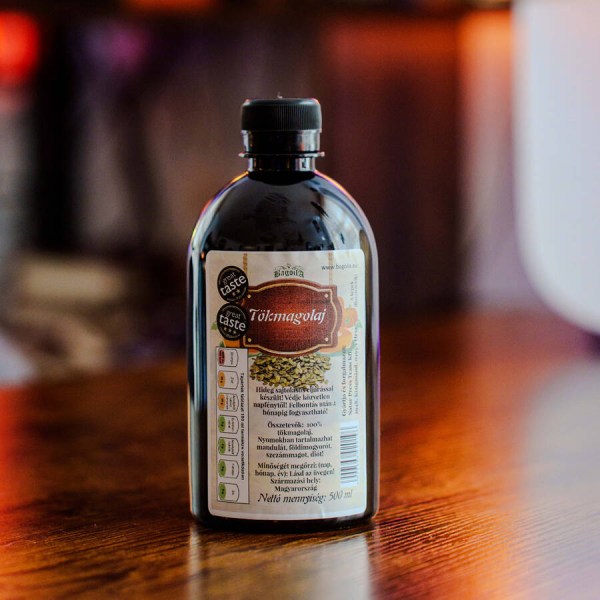
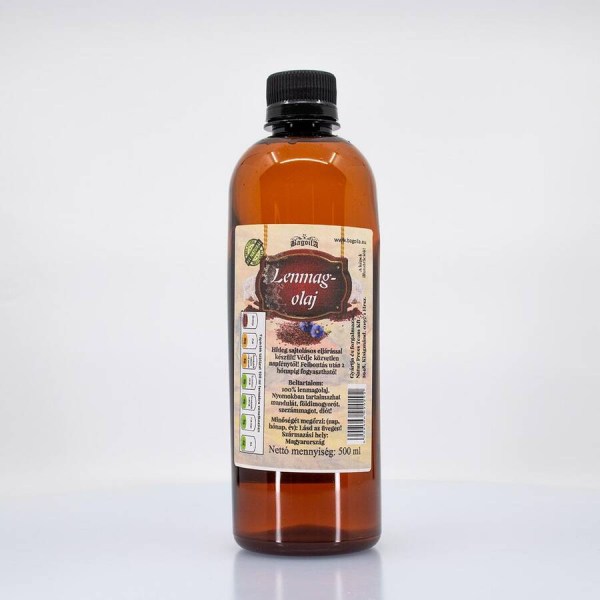
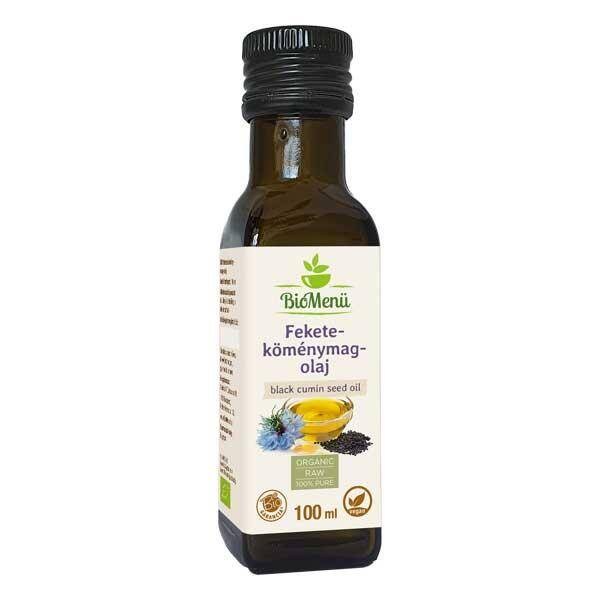







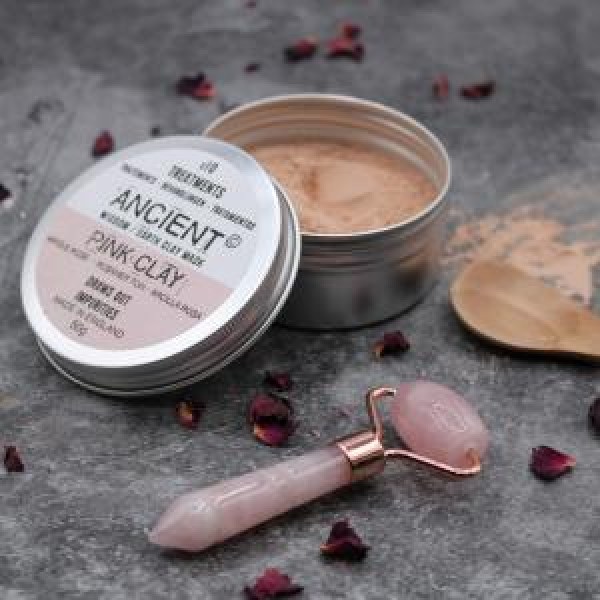
_600x600.jpg)















